Astrophytum caput-medusae: Characteristics and Care
Imagine a cactus that looks like it’s straight out of a sci-fi movie, with tangled serpent-like stems and weird fuzzy white dots all over. That’s the Astrophytum caput-medusae, also known as the Medusa’s Head Cactus! This otherworldly plant is sure to be the star of your indoor garden or outdoor desert landscape.
If you’re intrigued and ready for a fun, bizarre addition to your plant collection, keep reading! We’ll delve into everything you need to know about growing and caring for this eye-catching succulent from Mexico.
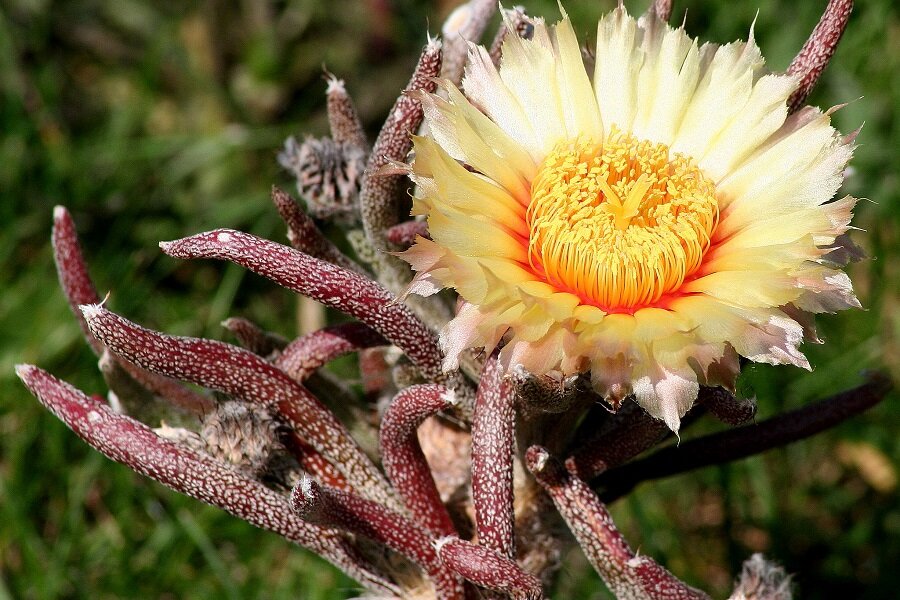
Contents
About Astrophytum caput-medusae
The Astrophytum caput-medusae is a unique species of cactus native to parts of Mexico. It grows in a cluster of narrow cylindrical stems covered in white woolly areoles that resemble fuzzy warts or tentacles. The stems can reach up to 8 inches tall and 2-3 inches wide.
In the spring, this cactus produces small yellow and white flowers that give way to green fruits. The overall shape and texture make it look like the plant came straight from out of this world!
Related Post:
111 Types of Astrophytum Cacti [With Pictures]
Astrophytum caput-medusae Care Guide
Lighting Needs
These weird cacti absolutely crave lots of direct sunlight. Aim to give your Astrophytum at least 6 hours per day of bright, unfiltered rays. Outdoors in full sun is ideal.
Indoors, place it right in a south or west-facing window. You can also use a grow light about 6 inches above the plant if you don’t have a super sunny window spot. Leave the grow lights on for 12-14 hours per day.
During winter if outdoor temps dip below freezing, bring it inside near the sunniest window or directly under grow lights.
Water Requirements
During the spring and summer growing season, deeply water your Medusa’s Head every 2-4 weeks, letting the soil dry out completely between waterings. Soak the soil thoroughly until water runs out the drainage holes.
In extremely hot climates over 90°F, you may need to up the watering to every 1-2 weeks. Just be careful not to overwater and let the soil stay soggy.
Give your cactus a winter drought period with just an occasional light drink when the soil is bone dry.
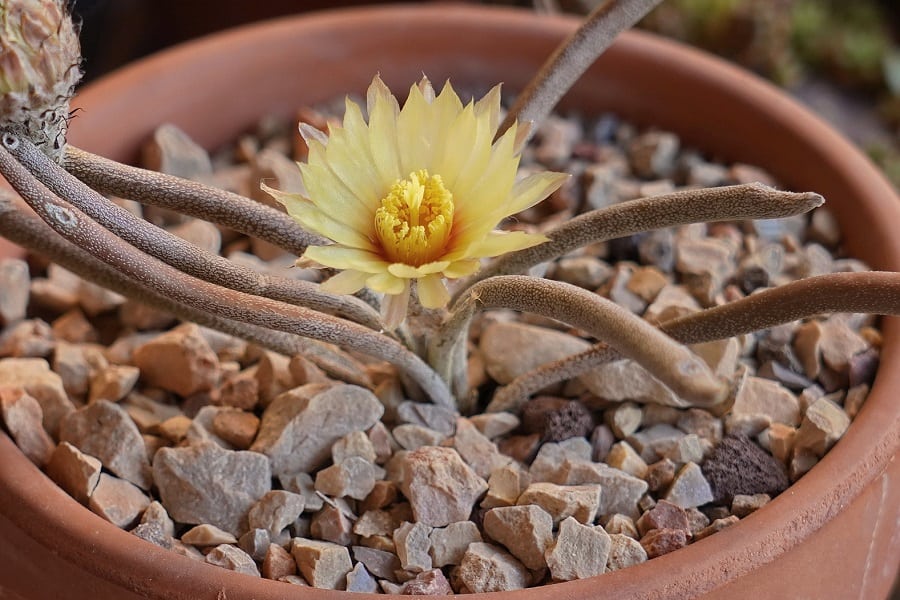
The Right Soil Mix
A well-draining cactus/succulent soil mix is perfect for Astrophytum caput-medusae. If making your own, combine 2 parts potting mix with 1 part coarse sand or perlite for added drainage.
You can also incorporate some peat moss into the blend to help retain some moisture between waterings. Just ensure the final mixture drains rapidly to prevent rot.
Fertilizing
Feed your weird cactus every 4-6 weeks during the spring and summer with a balanced cactus fertilizer diluted to half strength. Withhold fertilizer over the winter dormant months.
Hardy & Pest-Resistant
These low-maintenance plants are super hardy and seldom bothered by pests or diseases, especially when their growing conditions are met.
Potential issues include mealybugs, scales or root rot from overwatering. Use rubbing alcohol to clean off any pests and allow the soil to dry out if rot occurs.
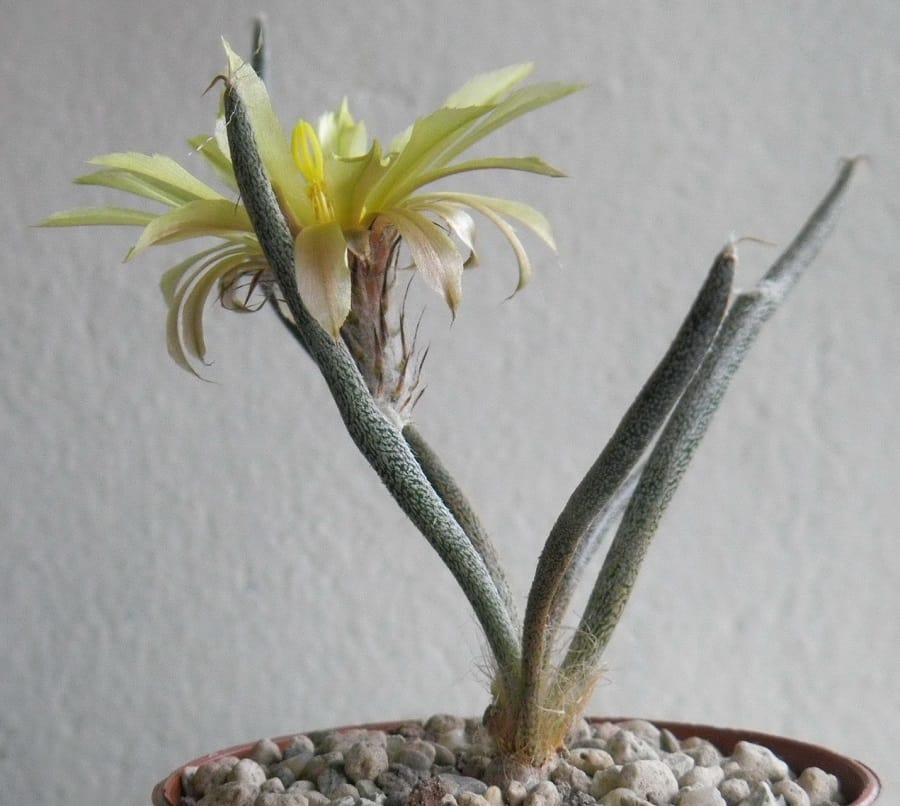
How to Propagate Astrophytum caput-medusae
Propagating more Medusa’s Head cacti is a fun and easy way to expand your collection of these bizarre plants. You can propagate from seeds, cuttings or even grafting.
From Seeds
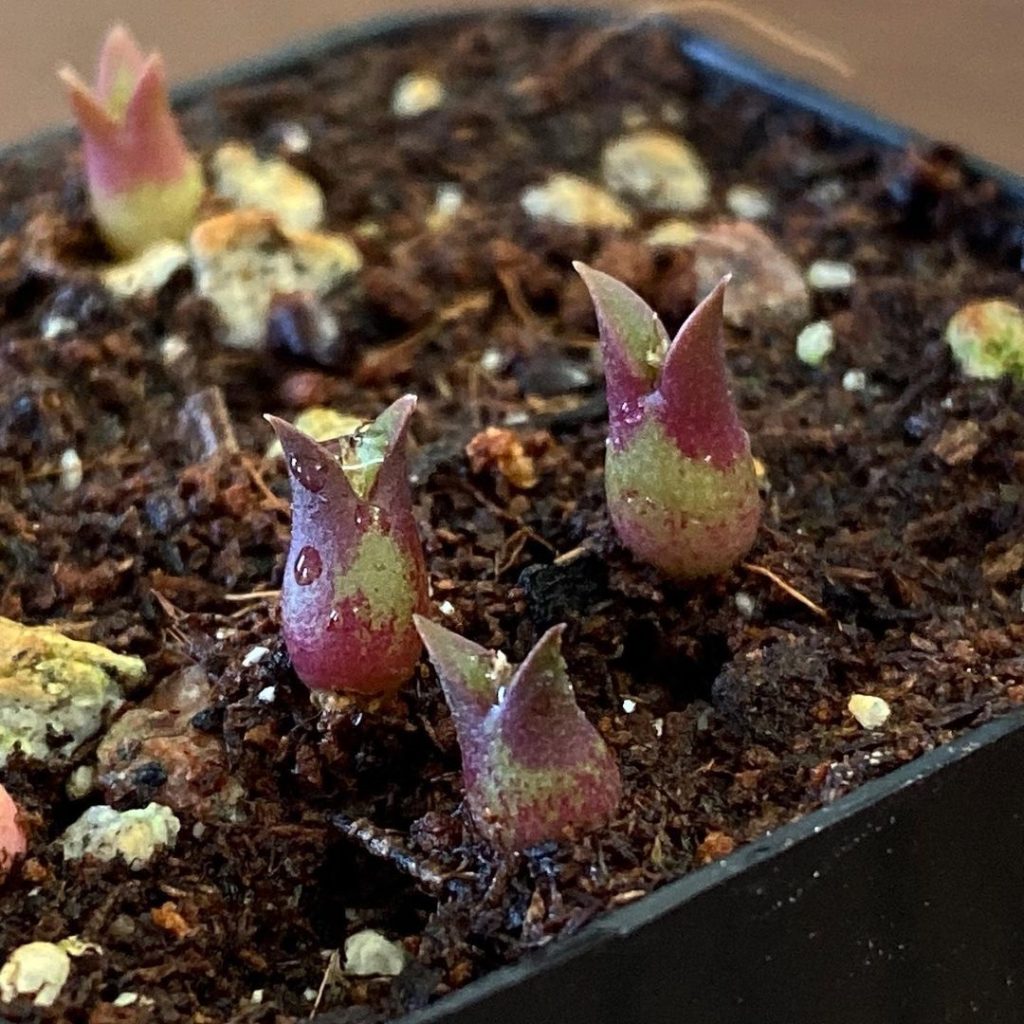
- Soak the seeds for 24 hours before planting.
- Fill a tray with well-draining cactus/succulent mix and moisten it.
- Sprinkle the seeds sparsely over the soil and cover with just a thin layer of the mix.
- Cover with plastic wrap or a dome lid to maintain humidity.
- Place the tray in a warm spot with bright, indirect light.
- Remove the cover once the seeds sprout in 2-4 weeks.
- Gradually introduce more sun exposure as seedlings grow.
- Transplant them into individual pots when a couple inches tall.
From Cuttings
- Use a sterile knife to cut off a stem from an established mother plant.
- Allow the cutting to callus over for 7-10 days before planting.
- Fill a pot with well-draining cactus soil and make a hole for the cutting.
- Insert the calloused end into the hole and gently compact soil around it.
- Place in a warm, bright spot and water sparingly every 2-3 weeks once rooted.
Grafting
For a unique twist, you can graft an Astrophytum caput-medusae cutting onto a hardy cactus rootstock. This technique can improve growth rates and create eccentric grafted cactus specimens.
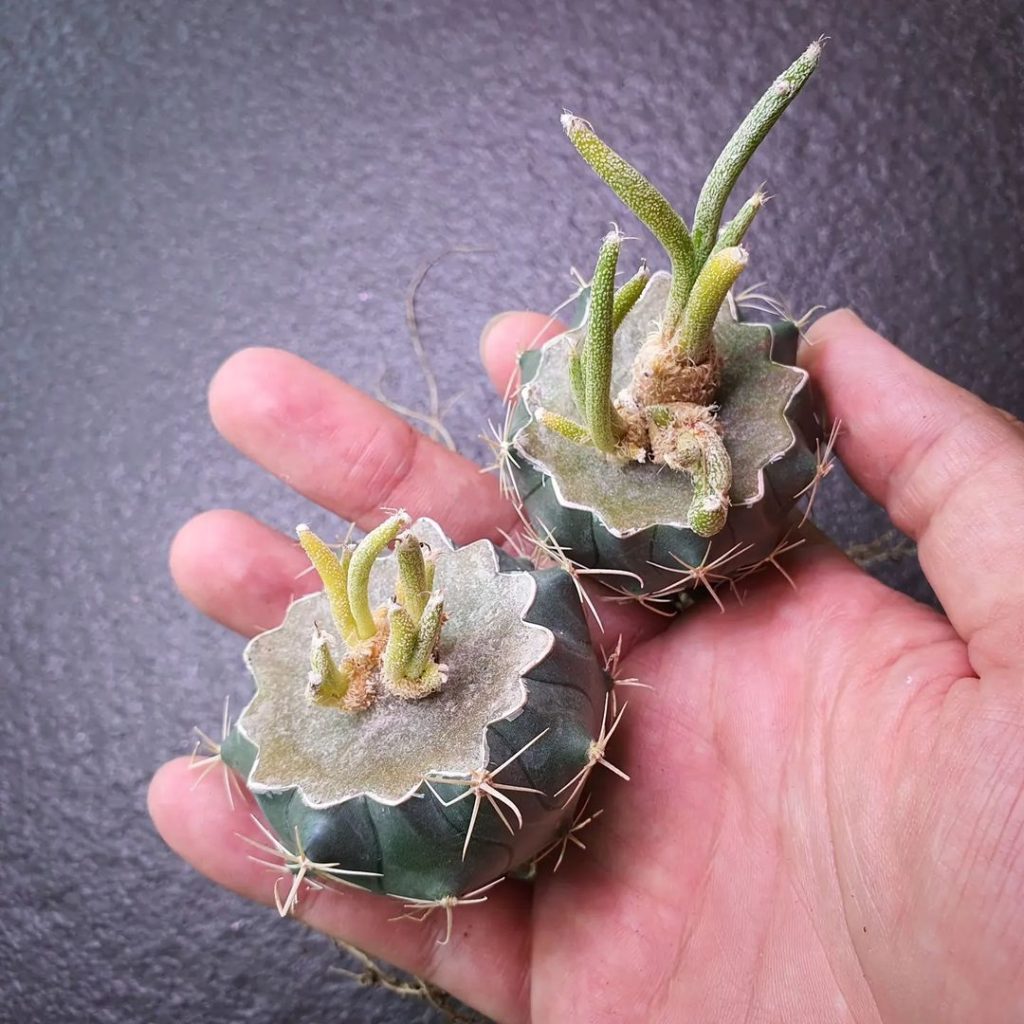
- Choose a rootstock cactus that is disease-free and has a thick stem.
- Use a sharp, sterile knife to cut off the tip of the rootstock stem, making a flat surface.
- Next, carefully remove the bottom 1-2 inches of the Astrophytum cutting you want to graft, exposing the vascular tissue inside.
- Gently place the astrophytum cutting on top of the rootstock’s cut surface, lining up the vascular areas.
- Use tape, a grafting clip or rubber band to snugly secure the two cacti pieces together.
- Place the grafted cactus in bright, indirect light and don’t water for 2-3 weeks to allow it to callus over.
- Once calloused, gradually reintroduce water and move to a full sun location.
- In a few months, new growth from the astrophytum scion should emerge.
- Be sure to stake or trellis the grafted plant as needed to support its top-heavy growth.
